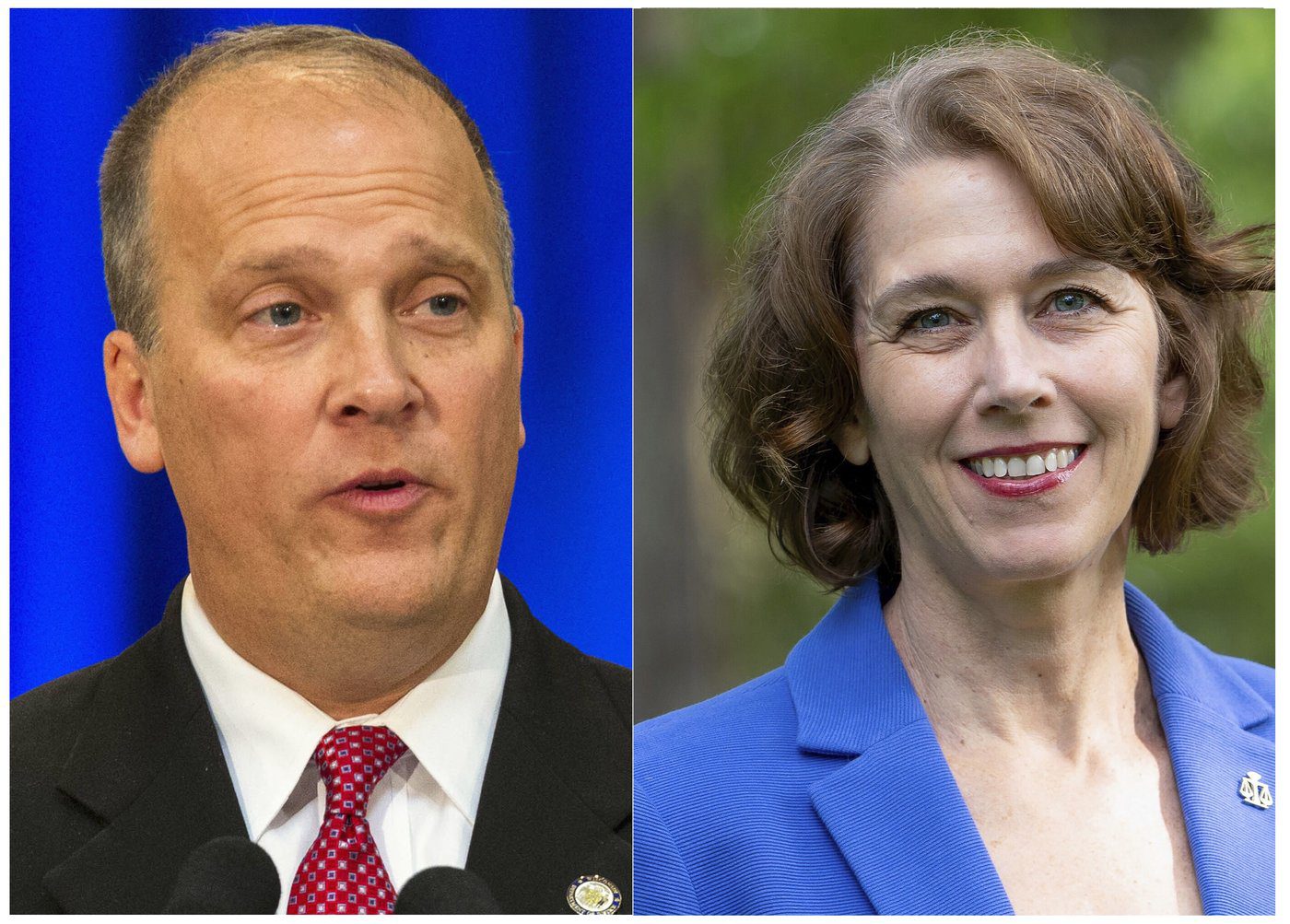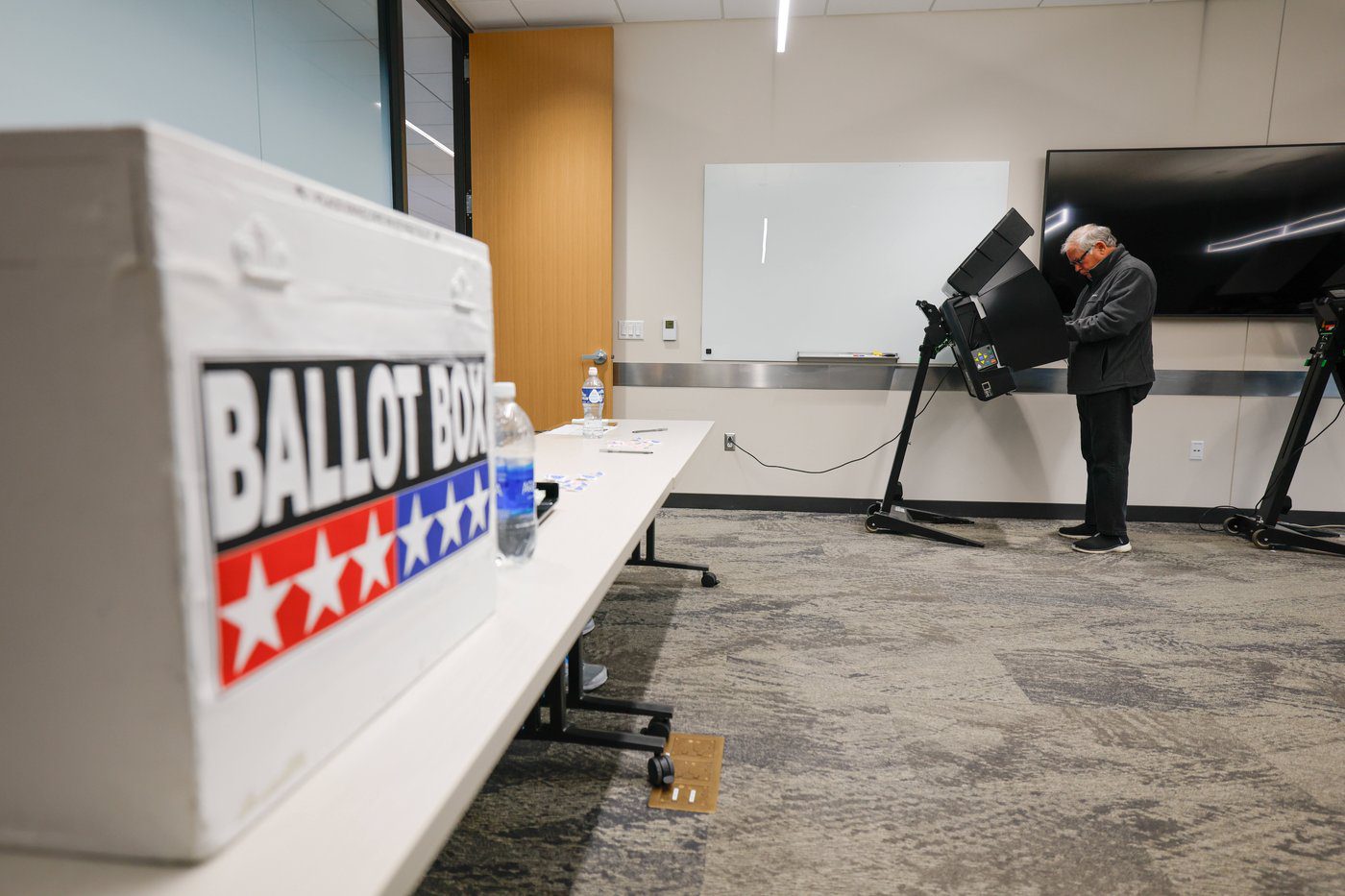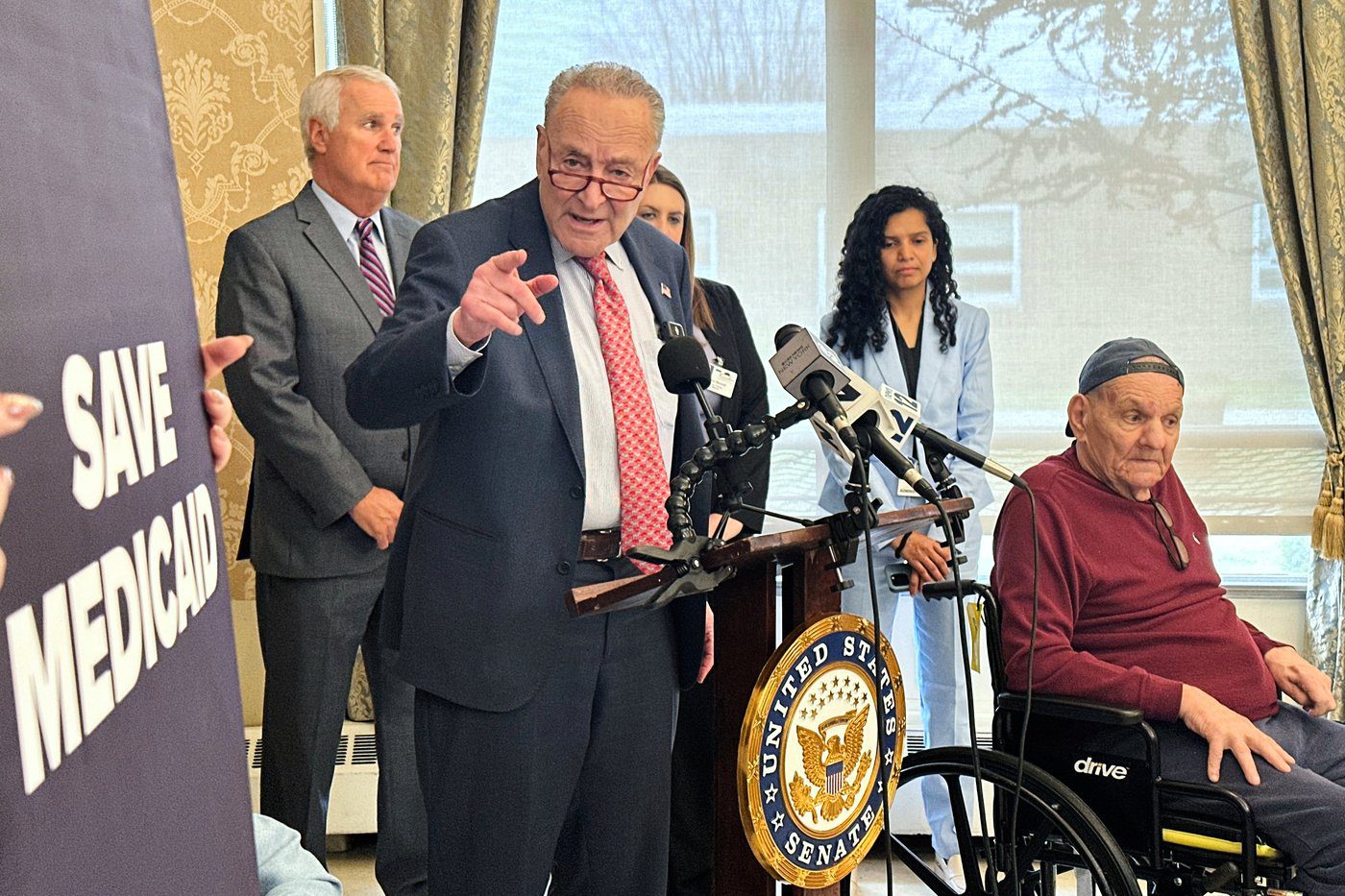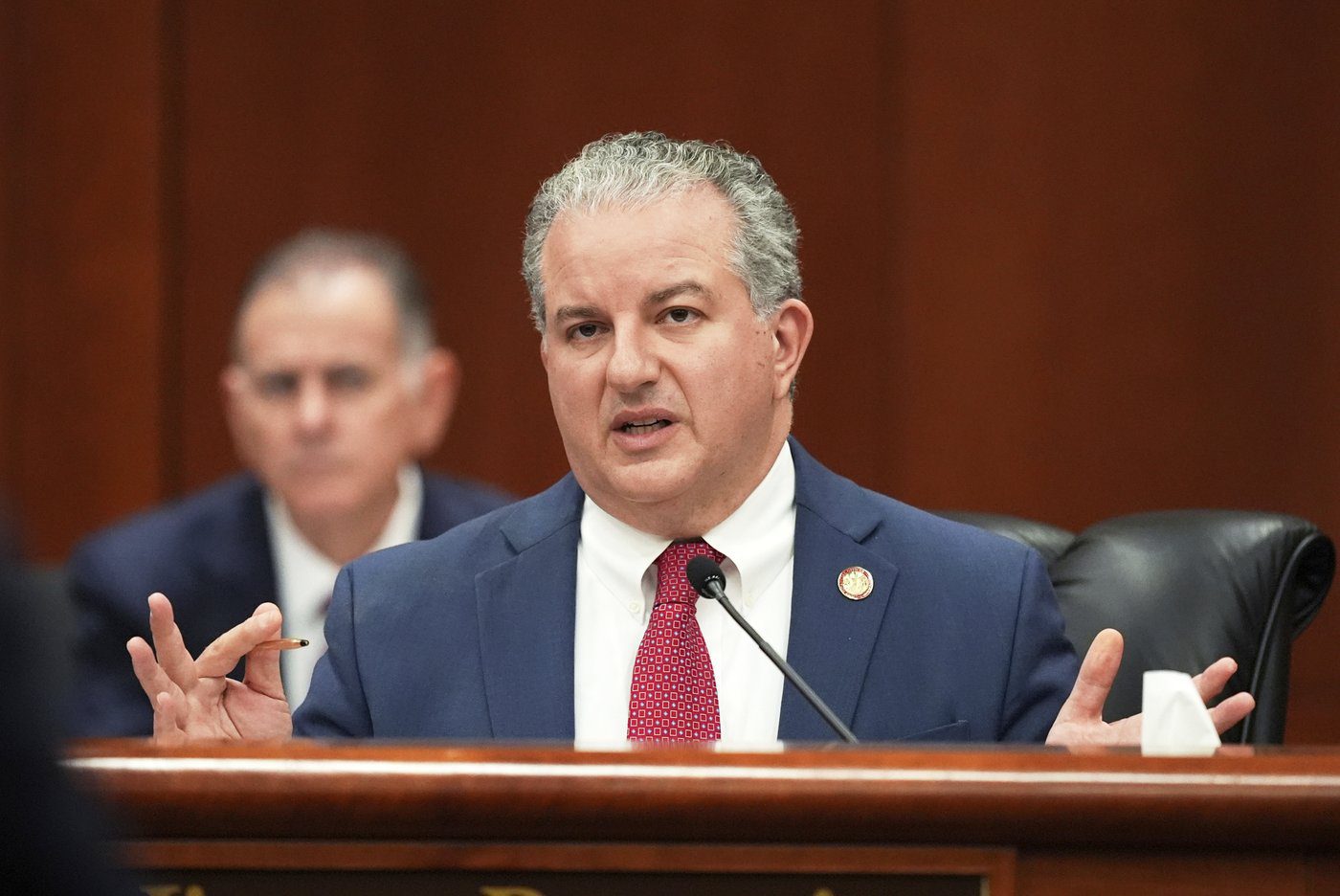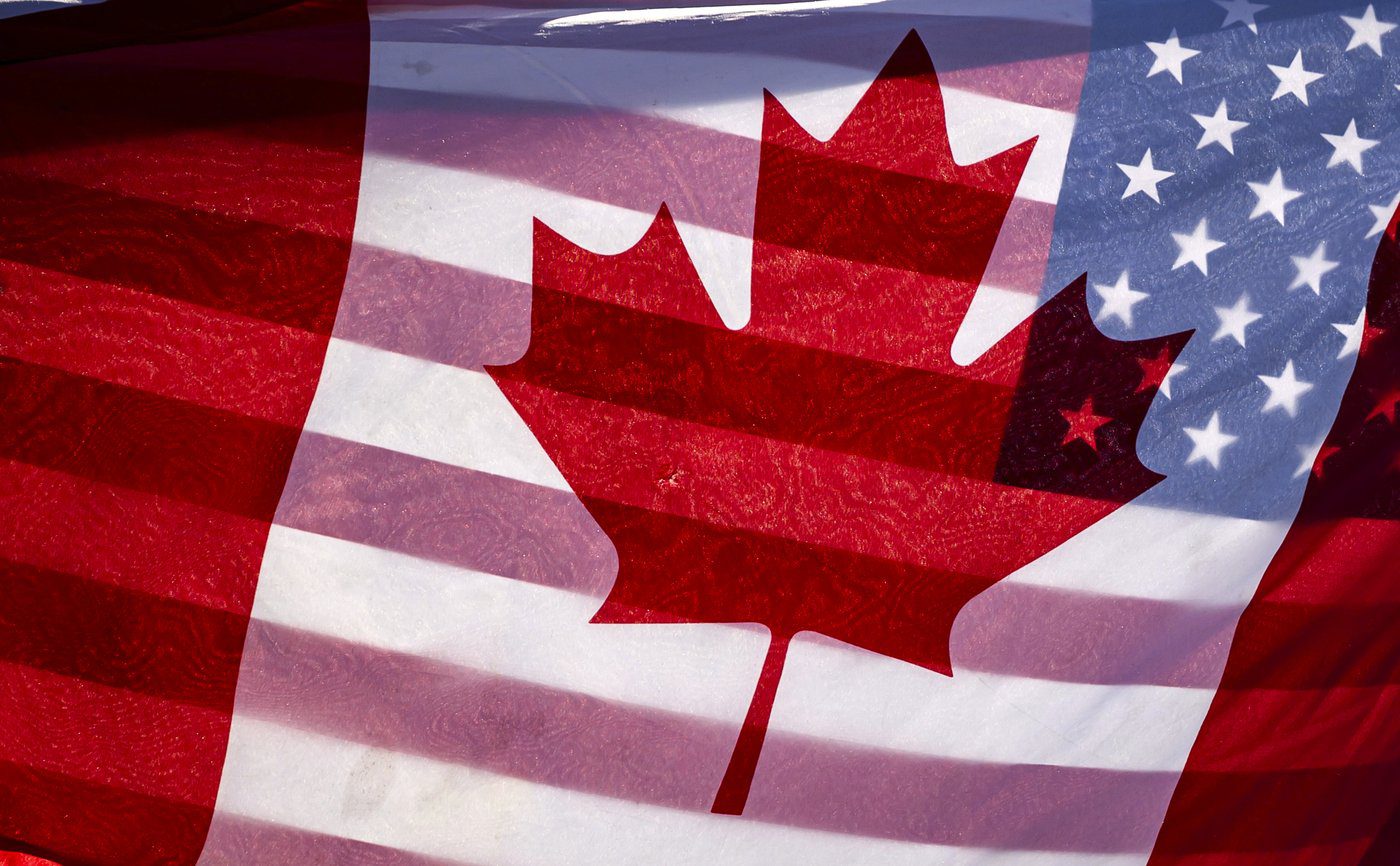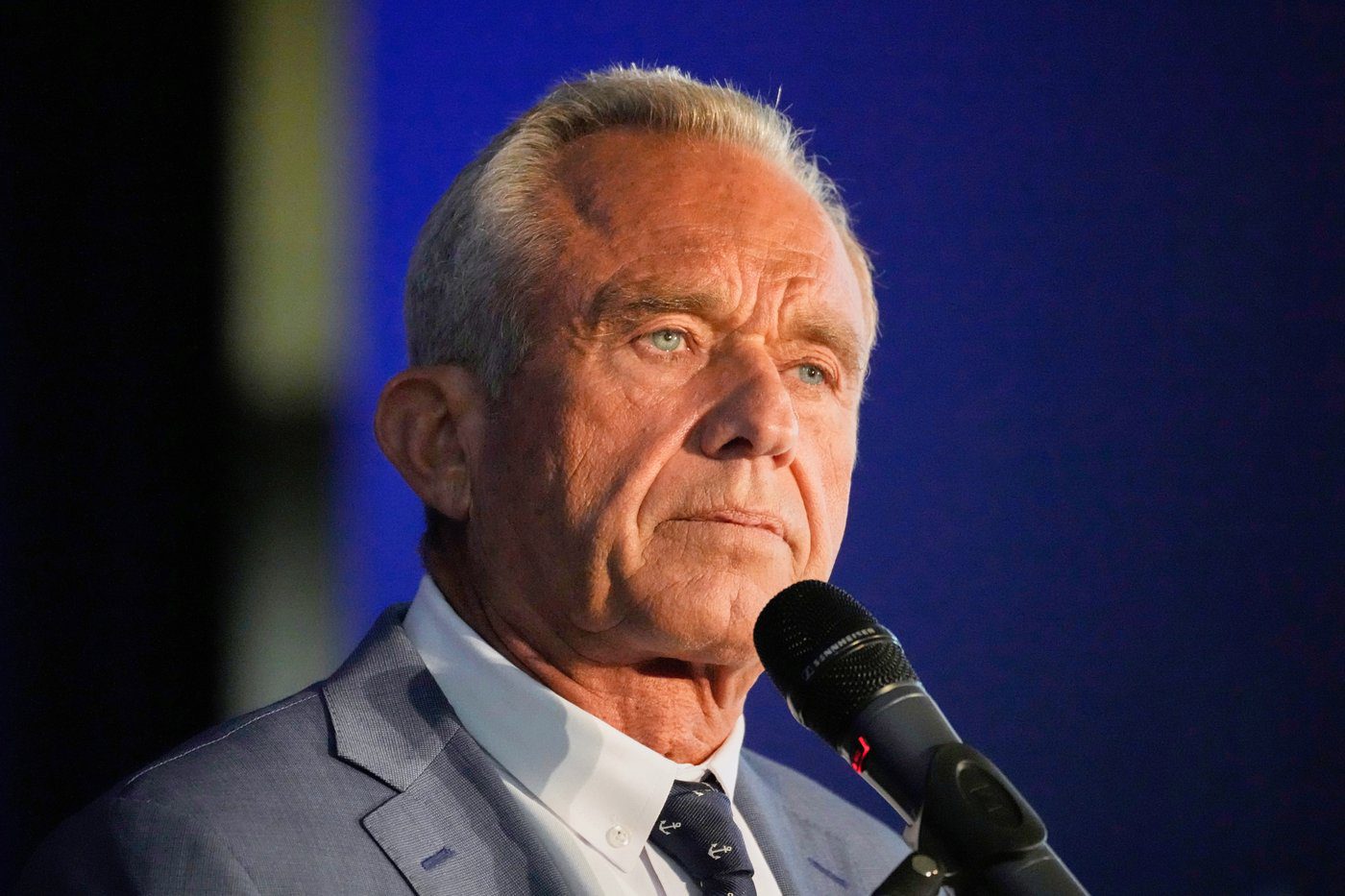OTTAWA — Liberal Leader Mark Carney promised Monday to get the federal government back into the business of home building, while Pierre Poilievre’s Conservatives pitched a national energy corridor to fast-track approval of key infrastructure.
The New Democrats rolled out their own national project — a promise to help retrofit 3.3 million homes and pay for it by cutting supports for big oil and gas companies.
The rival party leaders touted their ambitious plans as ways to make the country stronger as the United States menaces Canada’s economy with a steady stream of fresh tariffs.
Canadians head to the polls for a general election on April 28.
The Liberals propose doubling the pace of construction to almost 500,000 new homes a year, which would involve public-private co-operation on a scale not seen since the end of the Second World War.
A Carney government also would create a new entity, Build Canada Homes, to act as a developer on housing projects and provide more than $25 billion in financing to innovative builders of prefabricated homes.
At a campaign stop in Vaughan, Ont., Carney said the new approach aimed to “build faster, build smarter and to build more affordably.”
The Conservatives’ planned national energy corridor would expedite approval of transmission lines, railways, pipelines and other critical infrastructure.
Canada needs big projects that link its regions east to west as U.S. President Donald Trump threatens Canada with tariffs, Poilievre said at a campaign event in Saint John, N.B.
“We need to be able to get our resources across Canada, bypassing America, so we can trade more with each other and sell our resources to the world,” he said.
On Wednesday, Trump is expected to slap “reciprocal tariffs” on multiple countries — including Canada — in response to various alleged trade practices.
Carney has stressed the need for Canada to fundamentally realign its economy in response to Trump’s levies and threats of annexation.
“We are facing the biggest crisis of our lifetimes, and we are going to build our way out of it,” Carney said Monday.
Poilievre is campaigning on a need for change, warning that Canadians can ill afford to re-elect the Liberals after almost 10 years at the helm.
On Monday, he accused the Liberals of blocking major energy projects and depriving Canada of billions of dollars.
NDP Leader Jagmeet Singh said 2.3 million low-income households would get free energy-saving retrofits like heat pumps, air sealing and fresh insulation under the party’s retrofit plan. The party would spend $1.5 billion annually over 10 years to complete the upgrades.
The NDP says another $300 million per year to expand the Canada Green Homes Initiative would allow an additional one million households to finance similar retrofits with low-cost loans.
Singh said the program would save a family up to $4,500 a year on their energy bills and also create jobs to facilitate the retrofits.
“This is how we fight the climate crisis and protect Canadians from the effect of Trump’s trade war at the same time,” he said in a media statement.
The NDP said it would pay for its proposed retrofits by cutting annual subsidies and tax breaks for the oil and gas industry. Citing figures from the parliamentary budget officer, the party said cutting those supports would save Ottawa $1.8 billion per year.
“In the face of Trump’s trade war and a worsening climate crisis, we have a choice,” Singh said. “We can let CEOs and Big Oil profit while families pay the price, or we can take bold climate action that protects your job, lowers your bills, and builds a better future for everyone.”
As the second week of the campaign began, several opinion polls suggested the Liberals were leading the second-place Conservatives — in part because some progressive voters have abandoned the NDP.
The Tories have been dogged for days by reports of behind-the-scenes turmoil over the party’s campaign focus.
The Liberal campaign has hardly been trouble-free either.
Carney was pressed to explain Monday why he hadn’t replaced a Toronto-area candidate whose recent comments about a Conservative candidate were being broadly condemned.
Markham-Unionville Liberal candidate Paul Chiang told a Chinese-language newspaper at a news conference three months ago that everyone at the event could claim a bounty on Don Valley North Conservative candidate Joe Tay if they turned him in.
Tay is one of six activists targeted by Hong Kong police, which announced rewards of HK$1 million, equivalent to about C$180,000, for information leading to their arrests.
Chiang apologized Friday, calling his comments “deplorable.”
Carney said Chiang’s comments were “deeply offensive” and a “terrible lapse of judgment” but otherwise stood by his candidate, calling him a “person of integrity” who has served his community as a police officer.
MPs have been followed on the street, harassed and subjected to death threats in recent years, and constituency offices have been vandalized.
In response, the federal government is offering private-sector security services to election candidates who feel intimidated or threatened but do not meet the threshold for police protection.
Candidates can apply to the security program, run by the Privy Council Office, if they have been threatened with harm or if they are experiencing intimidation tactics that hinder their campaigning.
Candidates also may be eligible if planned protests are causing them to feel threatened, or if their personal property has been vandalized.
— With files from Craig Lord in Ottawa, Alessia Passafiume in Vaughan, Ont., Nick Murray in Saint John, N.B., and Darryl Greer in Victoria
This report by The Canadian Press was first published March 31, 2025.
Jim Bronskill, The Canadian Press




